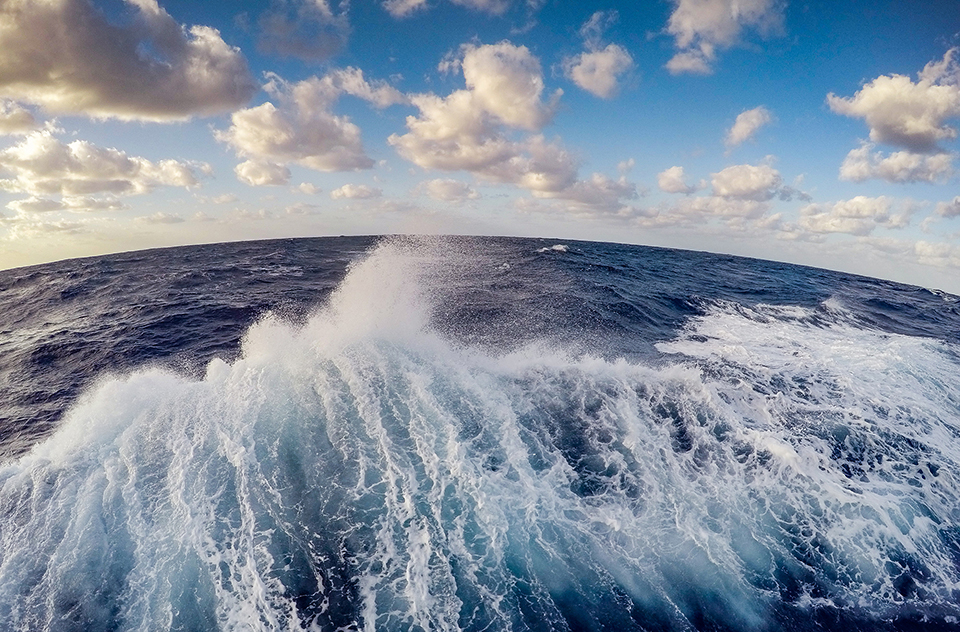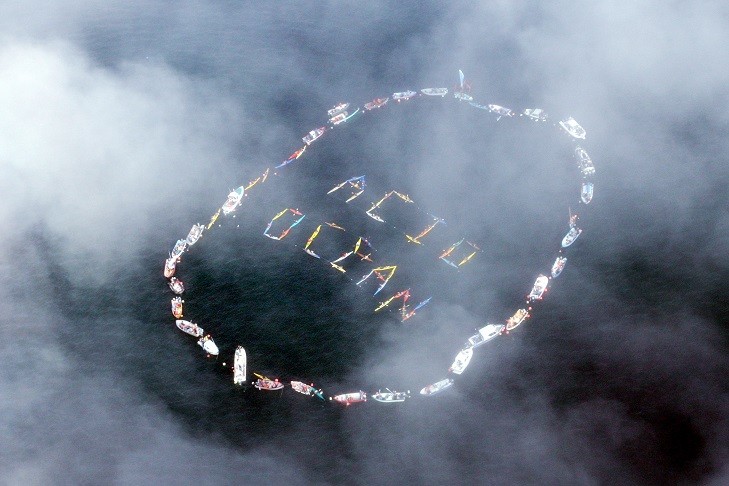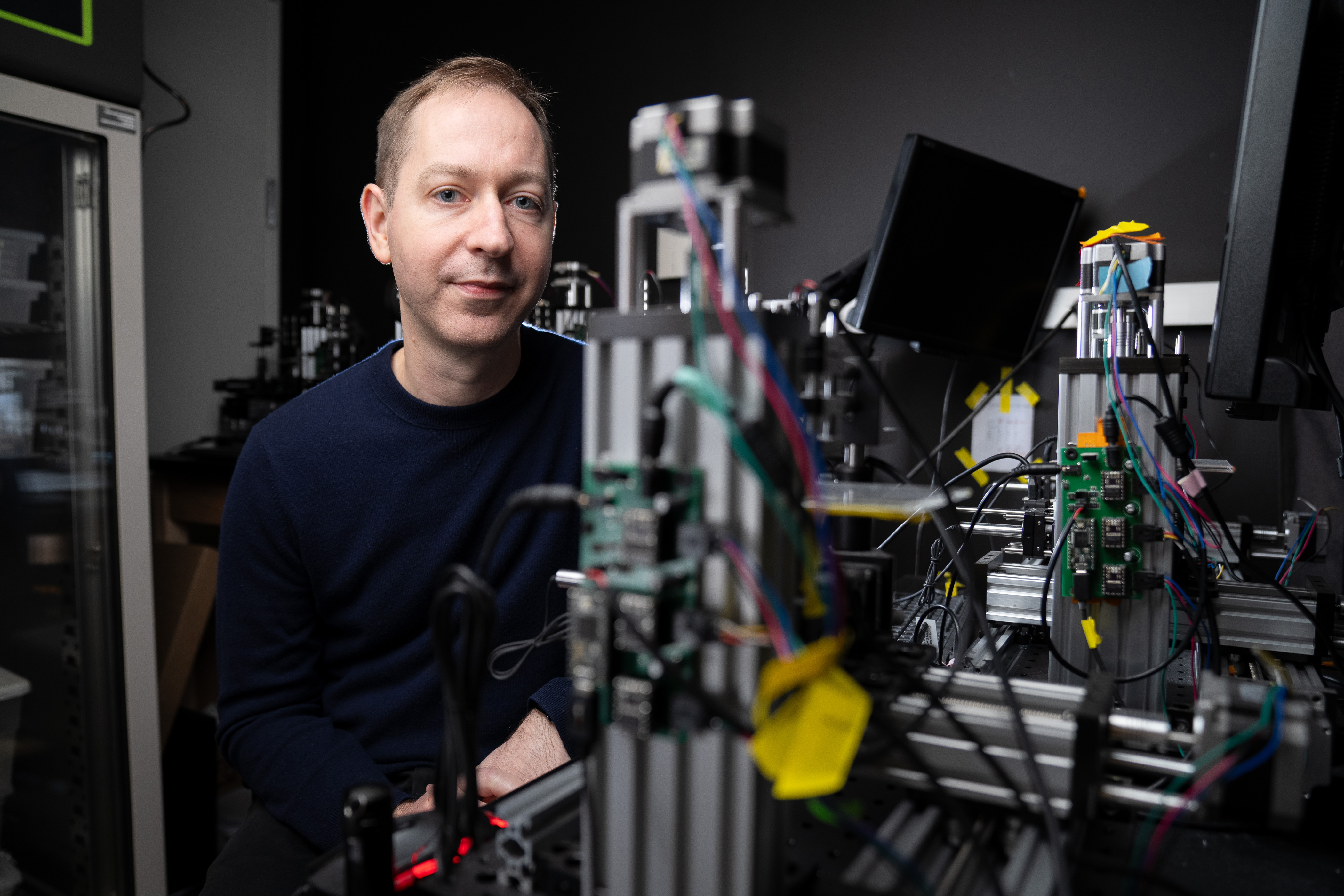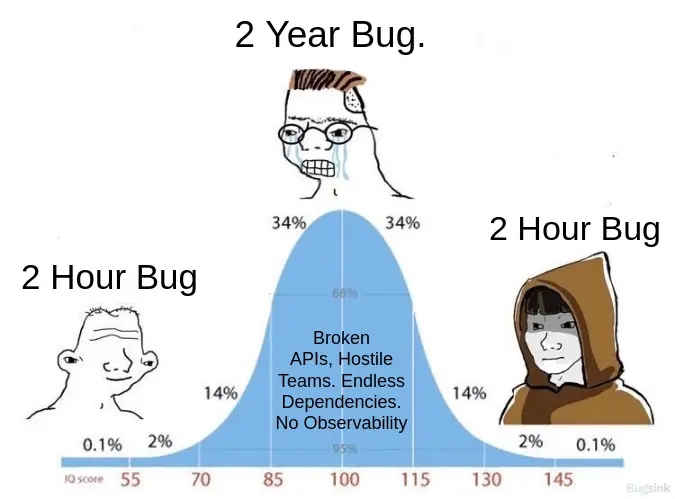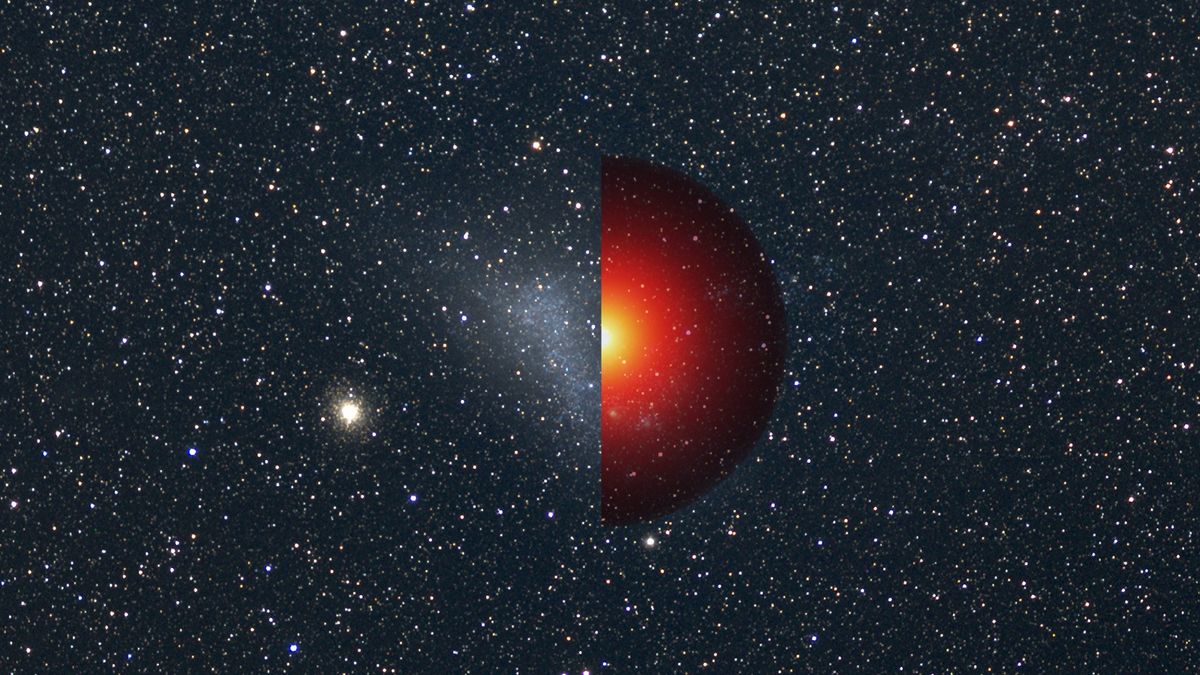
Scientists say they found oxygen where it shouldn’t be. Now, the hunt is on for more answers
Sign up for CNN’s Wonder Theory science newsletter. Explore the universe with news on fascinating discoveries, scientific advancements and more.
A startling discovery made public in July that metallic rocks were apparently producing oxygen on the Pacific Ocean’s seabed, where no light can penetrate, was a scientific bombshell.
Initial research suggested potato-size nodules rich in metals, predominantly found 4,000 meters (13,100 feet) below the surface in the Clarion-Clipperton Zone, released an electrical charge, splitting seawater into oxygen and hydrogen through electrolysis. The unprecedented natural phenomenon challenges the idea that oxygen can only be made from sunlight via photosynthesis.
Andrew Sweetman, a professor at the UK’s Scottish Association for Marine Science who was behind the find, is embarking on a three-year project to investigate the production of “dark” oxygen further. Sweetman and his team are using custom-made rigs equipped with sensors that can be deployed to depths of 11,000 meters (36,089 feet). The Nippon Foundation is funding the $2.7 million (2.2 million-pound) research project, which was announced Friday.
Uncovering dark oxygen revealed just how little is known about the deep ocean, and the Clarion-Clipperton Zone, or CCZ, in particular. The region is being explored for the deep-sea mining of rare metals contained in the rock nodules. The latter are formed over millions of years, and the metals play a key role in new and green technologies.


